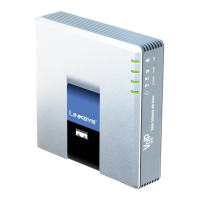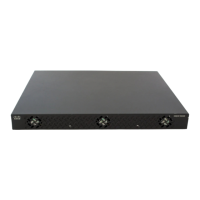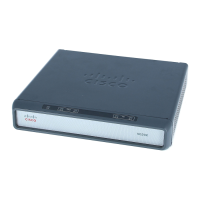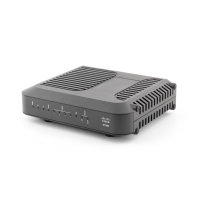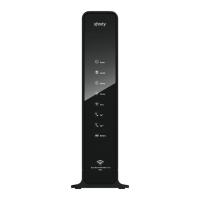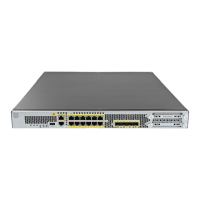Configuring the Cisco SPA8800 IP Telephony Gateway in an Asterisk Environment
© 2009 Cisco Systems, Inc. All rights reserved. Page 7 of 69
Requirements
You need the following equipment and services:
• A functional Asterisk server
• A functional LAN with network connectivity to the Internet and an optional Internet Telephony
Service Provider (ITSP)
• A SPA8800
• One to four analog phones
• Optional IP phones such as the SPA525G, SPA9x2, SPA9x1, or WIP310 (wireless) IP phones
Configuring Asterisk for a SPA8800
Before you configure your Asterisk server for the SPA8000, you need to gather some basic
information:
1. Static IP address for the SPA8800. By default, this device is a DHCP client, but will be of no
use to you if it is assigned a new dynamic IP address periodically. In this document, I use
192.168.2.237/24
2. Gateway / Default router, DNS, and NTP server IP addresses
3. Extension numbers for up to four analog phones to be connected to the SPA8800's PHONE
FXS ports 1-4. In this document, I use 101, 102, 103, and 104.
4. Decide how many PSTN lines will be connected to the SPA8800's LINE FXO ports 1-4. In this
document, I use two PSTN lines connected to FXO LINE ports 2 and 3 [UDP 5161 and 5261
respectively]
5. Decide what steering digits to use. In this document, I use 8 for PSTN and 9 for ITSP
6. Decide what phone or phones to route inbound PSTN and ITSP calls to. In this document, I will
route all inbound calls to the analog phone associated with extension 101.
7. Decide what to name the SPA8800 context group in the extensions.conf file. In this document,
I use the [fxsgroup] context.
Summary:
• SPA8800 static IP address: 192.168.2.237/24
• Gateway / Default router, DNS, and NTP server IP addresses
• Analog phones: 101-104
• PSTN lines: 2, LINE 2 [UDP 5161] and LINE 3 [UDP 5261]
• Steering digits: 8 for PSTN, 9 for ITSP
• Inbound PSTN call target: 101
• Inbound ITSP call target: 101
